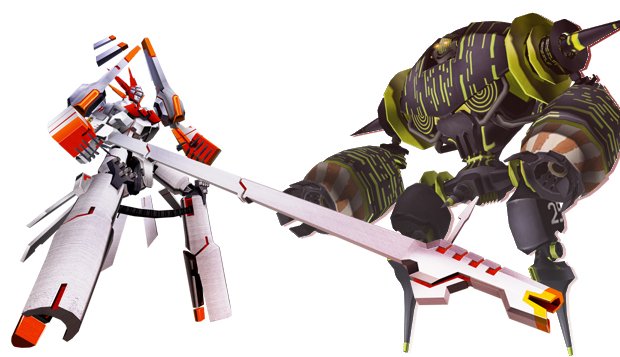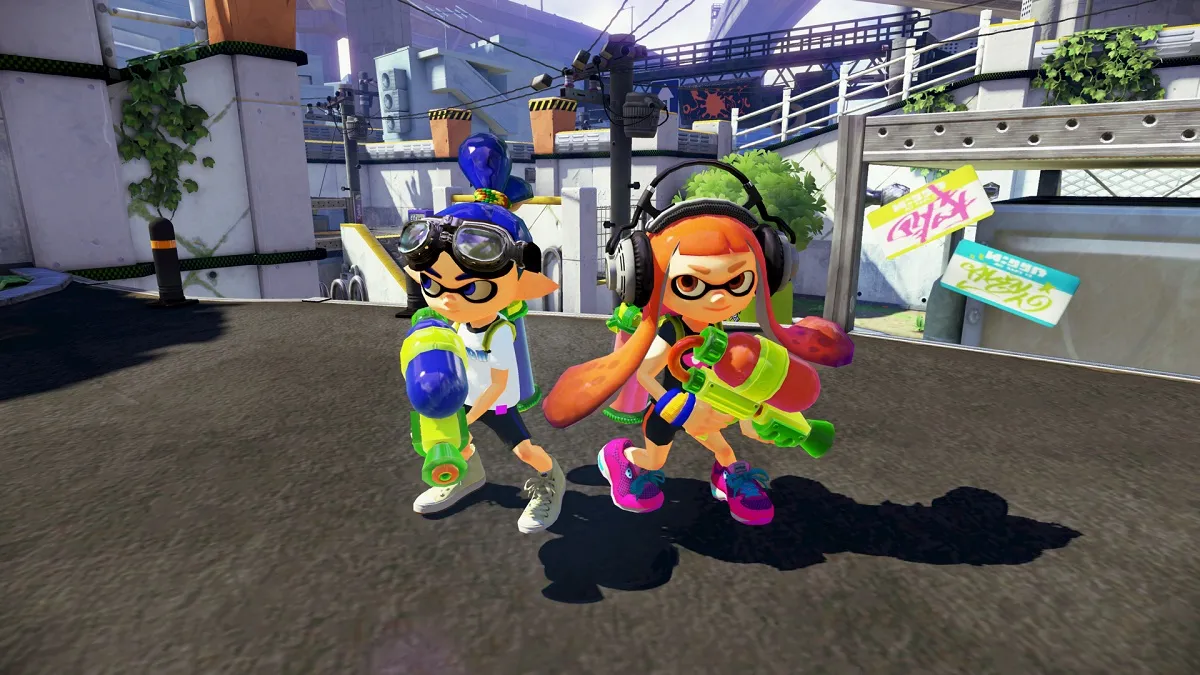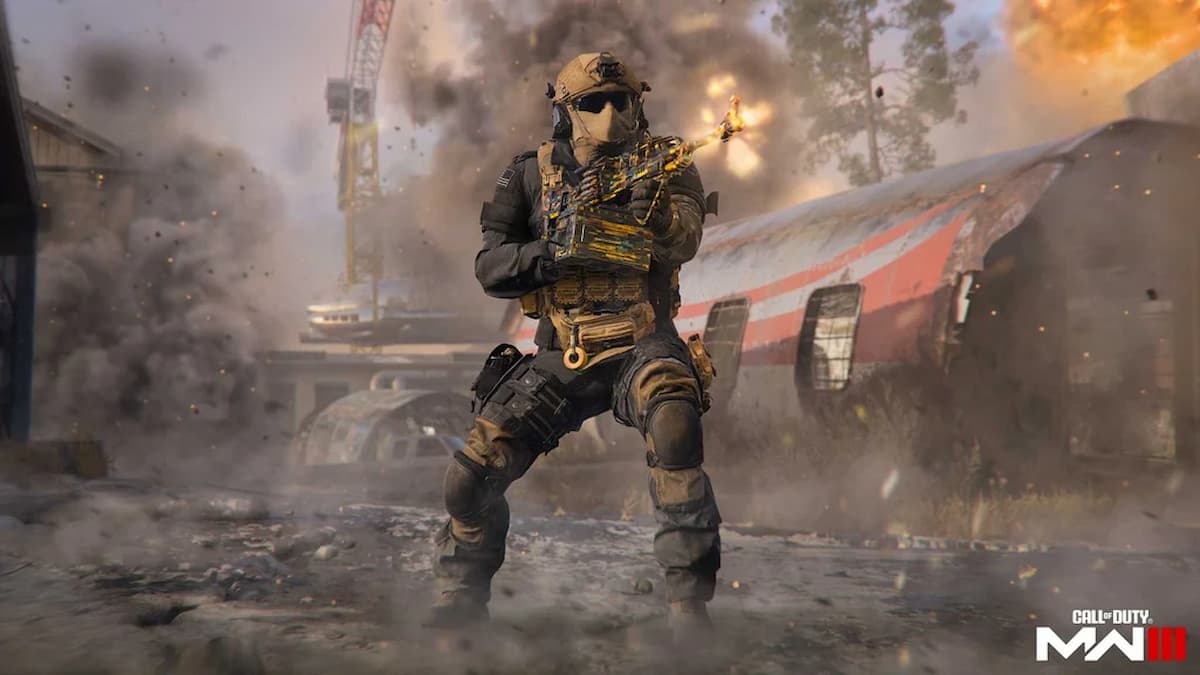[These posts on No More Heroes 2 are purely speculation. I have no idea what the team at Grasshopper Manufacture intended for the game to mean; I can only speak to what I’ve taken away from it, so if you don’t enjoy potentially bullsh*t interpretations of the meaning of a videogame, then stay away from this post. –Jonathan]
No More Heroes 2 is out, and so far, the game has been pretty divisive. Some people like it much more than the original, while others are disgusted by how different the sequel is. One of the major causes for that split are the bosses. No More Heroes featured a talkative, well-rounded group of boss characters. Fans love some of them even more than they love the game’s protagonist. As appealing as they may be, these bosses didn’t always have much to do with Travis Touchdown, or the game’s story as a whole.
That’s how the bosses in No More Heroes 2 are different. The game’s bosses aren’t always as chatty or multi-dimensional as those found in No More Heroes, but they all work to better define Travis Touchdown as a character, and fit into the game’s overarching theme. The first No More Heroes worked to define the world of No More Heroes, while its sequel is much more focused on showing us the evolution of the game’s main character.
Hit jump for a quick rundown on the game’s first nine bosses and what I think they mean. Oh, and watch out for spoilers; there might be some.

Skelter Helter: Self-decapitation with a smile
Skelter Helter remains mysterious to me in many ways. I’m still trying to figure out why he looks almost exactly like Cloud Strife. Is the likeness a tribute or a parody, or a sign that Grasshopper Manufacture wants Travis Touchdown to replace Cloud as the world’s most famous, skinny-but-ass-kicking Japanese videogame protagonist — or all three?
One thing I’m not puzzled by is Skelter’s place in No More Heroes 2‘s greater story arc. He is the bringer of “the shackles of revenge,” one of many characters in the game who show us what revenge means and what it does to people. In his quest to avenge his brother’s murder, he becomes involved in a murderous plot of his own, one that works to suck Travis into the cycle of violent payback.
After being decapitated, and then un-decapitated, he rips his own head off, purposely separating his head (reason) from his body (desire).
Skelter Helter shows us that vengeance is just another way to lose your mind.

Nathan Copeland: “I’m weary of this gilded world, all glitter, no soul.”
Nathan was originally intended to appear in the first No More Heroes, and in many ways, he would fit better in that game than he does in the sequel. The bosses of No More Heroes are all different takes on various American ideals: old-fashioned cowboys, sexy/rich teen idols, superheroes, and millionaires are just a few examples.
Nathan Copeland fits right in with that group. He’s a rapper and a religious prophet, who uses his music and his huge collection of gaudy objects (including a few afro-clad ladies) as his weapons. The character works as a nice bit of satire of the modern B-boy, and as a foil to Travis’s burning ambitions.
Like many of No More Heroes 2‘s bosses, Nathan looks to Travis to end his life. He wants deliverance from this world, and he wants Travis, the “crown-less king,” to be the one to kill him. He seems to view Travis — and his mutual mastery of the sword and abandonment of any of life’s other worldly pursuits — as a sign of spiritual superiority. Travis doesn’t need a crown, fancy hotel room, or bikini girls to enjoy life. All he needs is the pursuit of combat and climbing the ranks — or at least, that’s how Nathan sees him.
I wonder if Nathan would have as much respect for Travis if he knew how motivated his is by revenge this time around.

Charlie MacDonald: The ultimate American alpha male (who forms the head)
Skelter Helter may represent the ultimate Japanese game protagonist, and Nathan may be a symbol of everything that makes gangsta rappers “badass,” but Charlie MacDonald is clearly on top of the food chain. He is everything that makes an American man a man. He’s a good-looking, confident, blond-haired, blue-eyed all-star athlete with a huge harem of cheerleaders at his beck and call.
He also uses teamwork to form a giant robot that’s shaped like a football. All of that makes Charlie the man to beat.
The idea of a team of people in matching outfits working in unison to form a giant robot may have originated in Japan, but it fits perfectly with America’s idealized perception of team-based sports. In that way, Charlie MacDonald is the perfect example of what Grasshopper Manufacture is going for stylistically with the No More Heroes games. He’s a dream-like amalgamation of American and Japanese pop-culture ideals.
In terms of storyline, Charlie serves a few purposes. Like Nathan and Skelter, the fact that Travis defeats Charlie further shows how much of an alpha male Travis has become. Still, even though Charlie loses in the end, he still has something that Travis doesn’t: friends and supporters. Actually, Charlie himself isn’t all that important to the game’s narrative, but his cheerleaders are. After killing them, Travis feels guilt for the first time in the game, something that becomes a strong motivator as things continue.
The death of Charlie and his team marks the first time we get the sense that Travis may not be the unsophisticated sociopath that he initially makes himself out to be. We’ll see even more of that side to Travis in his fight against…

Kimmy Howell: Innocence is a double-bladed katana
Like I mentioned before, No More Heroes 2 has its share of detractors, but as far as I can tell, even the harshest critics of the game accept Kimmy Howell. There are probably a lot of reasons for that. The fact that she’s cute, has an accent, and combines the school-girl archetype with the violent style of Darth Maul probably doesn’t hurt. For me, though, it’s deeper than than that. I think Kimmy’s character is the basis for the entire theme of No More Heroes 2: innocence vs. revenge.
She symbolizes the innocent-but-intense pursuit of idol worship, the dream of becoming better than your heroes. That’s something that used to be at the heart of videogames, particularly the kinds of twitch-skill, work-based games that appear as job side-games in No More Heroes 2. Where a lot of today’s most popular games are about engrossing oneself in the most base and primitive of indulgences, games like Donkey Kong and Paperboy were all about taking on an incredibly difficult challenge and trying to outdo your rivals on the local leaderboards. No More Heroes brings the return of these games to the forefront of retail releases. If these games had a mascot, it could be Kimmy Howell.
She loves Travis, even worships him, but she also wants to better him. After announcing her love for him, she challenges him to a life-or-death battle that she knows she may very likely lose. That’s something that Travis can’t help but love, and that’s why he spares her life at the end of the battle. He values what she stands for more than he values the pleasure he gets from killing. It seems that against opponents like Kimmy, Travis would rather have the opportunity for a rematch than the satisfaction of a murder.

Matt Helms: Bio-hazard of dead materials
Matt Helms is the anti-Kimmy Howell. He’s the game’s symbol of revenge at its worst. If Travis is a struggling teenager in a man’s body, still forming his identity and finding his own ideals and beliefs, then Matt Helms is a 400-pound baby with a fire-breathing battle axe. He’s as primitive as it gets, enacting his revenge on whomever enters his forest, with no concept of beliefs or ideals of any kind.
At this point in the game, we’ve already learned that revenge is contagious, and by the looks of Matt Helms, he’s got a bad case. In child form, he’s naked, sick, and rotten-looking. In man-form, he’s a child-masked freak in a house that’s constantly collapsing around him. He’s truly lost, but he doesn’t care. He’s too busy killing everything that gets in his way.
Worse still, Matt’s story never ends. The other assassins in the game may find peace in death, or in some other conclusion. Matt will never have closure. He’ll forever remain alone in his burning house, perpetually killing with no sense of meaning.
It makes sense that Matt’s level seems to be loosely based on the graveyard area of Resident Evil 4. Just like that game’s infected villagers, Matt deserves both our pity and our fear. He’ll never grow up, never move beyond his primitive state of anger and madness. He’ll never find a way out of the “shackles of revenge.”

Cloe Walsh: Look but don’t touch
As Matt Helms’ stage clearly pays tribute to Resident Evil 4, Cloe Walsh’s level is undoubtedly a shout-out to the Metal Gear Solid series. Her level is the first (and last) time Travis is not encouraged to run up to the nearest enemy and stick his sword into them. Instead, the excitement of the stage comes from knowing that enemies are always close, but you’re better off keeping them away from you. It’s the formula that’s made the Metal Gear Solid games interesting for over ten years, as it gave the gaming world a different kind of action hero. In the No More Heroes context, the stealth gameplay has a slightly different meaning.
This is particularly true when it comes to the fight with Cloe herself. Like the de-suited Beauty and the Beast women from Metal Gear Solid 4, Cloe is both beautiful and disgusting. Travis is clearly attracted to her, but repulsed by her as well. At first he wants to touch her, but when he tries to go for it, he panics.
Cloe shows us that for all of Travis’s sexual boasting and posturing, he’s actually pretty freaked out by the idea of getting with a girl. There was a period in every boy’s life when he loved to look at half-naked women (or men), but the idea of actually “making out” with one seemed weird and uncomfortable. Maybe that’s where Travis is at. Cloe makes him weak and vulnerable, but he doesn’t want to give into that.
Travis talks a big game, but he’s actually not quite ready to lose his sexual innocence. He fears being poisoned by sex with strange women. That could mean physically poisoned, or emotionally poisoned. Either way, he’s saving himself for someone else.

Dr. Letz Shake: A giant robot penis
I’ll come right out and say it: I don’t think Dr. Letz Shake has a whole lot of meaning to him/it. The character’s main purpose is to reintroduce Henry (Travis’s brother) while tying the first game to the second one. He’s also really fun to fight, which is enough reason to exist in itself.
That said, I wonder if it’s a coincidence that Letz Shake is a giant metal shaft with a pink, creased crown on top. He also fights Travis by banging the crap out of stuff and shooting a yellow stream out of his “eyes.” If Travis’s beam katana is a symbol for his manhood, Letz Shake is all manhood, except totally robotic.
Like Skelter and Helms, Letz Shake also makes a statement about the illogical, irrational nature of revenge. He muses aloud that it’s “a curse” that he still has a human brain, as otherwise he wouldn’t be a slave to his urge to kill Travis and Henry. I guess that’s sort of deep.
Mostly, though, I just think it’s fun that Letz Shake looks and acts like a big dick.

Shinobu: The object becomes the subject
You don’t fight Shinobu in No More Heroes 2, but she is a major character in the game, as well as a boss from the first title. She’s definitely worth mentioning in this list. Hell, she even gets her own title screen if you restart the game after one of her saves.
By allowing us to play as Shinobu, Grasshopper Manufacture shows us that Travis is actually able to relate to another human being. This is a first for the otaku, who had previously spared Shinobu’s life but did so after cutting off her hand and leaving her for dead. Now, in the sequel, she has dedicated her life to living like Travis, fighting for Travis, and being with Travis. She’s as close as he has to a counterpart.
Shinobu is also important because, like Cloe, she openly throws herself at Travis. Like with Cloe, Travis denies her affections. Unlike with Cloe, Travis does let her get a kiss in, but then ends the moment because he “feels like a pervy teacher in a porn.” He’s clearly attracted to her, but he doesn’t want to take advantage of her. If he didn’t care about her, he’d just do her and be done with it, but instead he puts the brakes on. He’s not scared for himself; he’s scared for her.
To Travis, Shinobu is no longer a sexy object or a piece of meat to stick his sword into. She’s someone Travis can relate to, and to a degree, that means she’s an extension of himself. By treating Shinobu with respect, Travis has taken his first concrete step towards becoming a real hero: someone who fights not just to get his anger out, but for the sake of others.
—–
Okay, that’s it for this round. Please hit the comments and tell me what you think of the bosses in No More Heroes 2 — if you think I’m off base, on point, or full of shit. And stay tuned for the next installment of what should be about seven posts on No More Heroes 2 from me and Matthew Razak. We like talking about this game.




